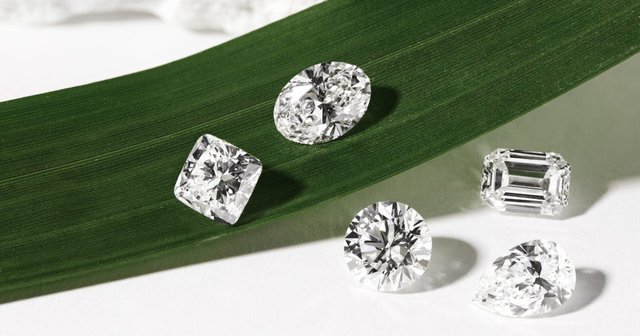
If you are a couple considering diamonds as a wedding gift, you'll want to ensure that the diamond you buy is ethically sourced. That means it should be conflict-free, meaning it was not purchased from a country supporting violence and human rights violations in armed conflicts.
Fortunately, there's an easy way to ensure your jewellery is conflict-free: lab-grown diamonds. These diamonds are created in a laboratory, using scientifically developed processes to turn the element carbon into a shiny stone.
Lab-grown diamonds are an excellent choice for couples looking for a truly ethical engagement ring or wedding ring. They are environmentally friendly, ethically sourced, and incredibly affordable.
The Kimberley Process was established in 2003 to prevent so-called "conflict diamonds" from entering the global rough diamond trade.
This multilateral trade regime, established by countries in Southern Africa, aims to trace diamonds from their source to ensure they are not being used to finance war and another conflict in countries where diamonds have been found.
Unfortunately, although the Kimberley Process has done a lot to curb the supply of conflict diamonds, it still has its limitations. For one, it has not been able to address many of the human rights issues related to diamond mining, which have become more prevalent over the years.
For example, there are still some mines in countries like Zimbabwe associated with a high civilian death rate. These diamonds are often smuggled into neighboring countries and sold at international exchanges like Antwerp and Dubai.
There are also some loopholes in the Kimberley Process that allow smugglers to sneak illegally mined conflict diamonds into collections of rough diamonds and sell them as non-conflict diamonds later.
Despite these issues, the Kimberley Process is still a valuable tool for consumers to purchase a conflict-free diamond. Experts regulate the process, and participating countries meet twice yearly to review the compliance and implementation of its minimal requirements.
Another issue with the Kimberley Process is that it can't control smuggled diamonds, which are usually bought and sold for tax purposes or to cover up human rights abuses in countries where diamonds are sourced. These diamonds are then marketed as conflict-free at world diamond markets.
The only real way to ensure your diamond is completely conflict-free is to purchase a lab grown diamond. These diamonds are grown in a laboratory and are chemically, physically, and optically identical to natural diamonds.
There are two main ways that lab-grown diamonds are created: through the Chemical Vapor Deposition (CVD) or through High Pressure High Temperature (HPHT). In both methods, scientists crush natural graphite into a large machine to form a diamond crystal.
CVD lab-grown diamonds are more chemically similar to a natural diamond than HPHT lab-grown diamonds, which are created by using extreme pressure and temperatures. They're less expensive, as they don't require expensive equipment or chemicals and can be made with fewer people than HPHT diamonds.